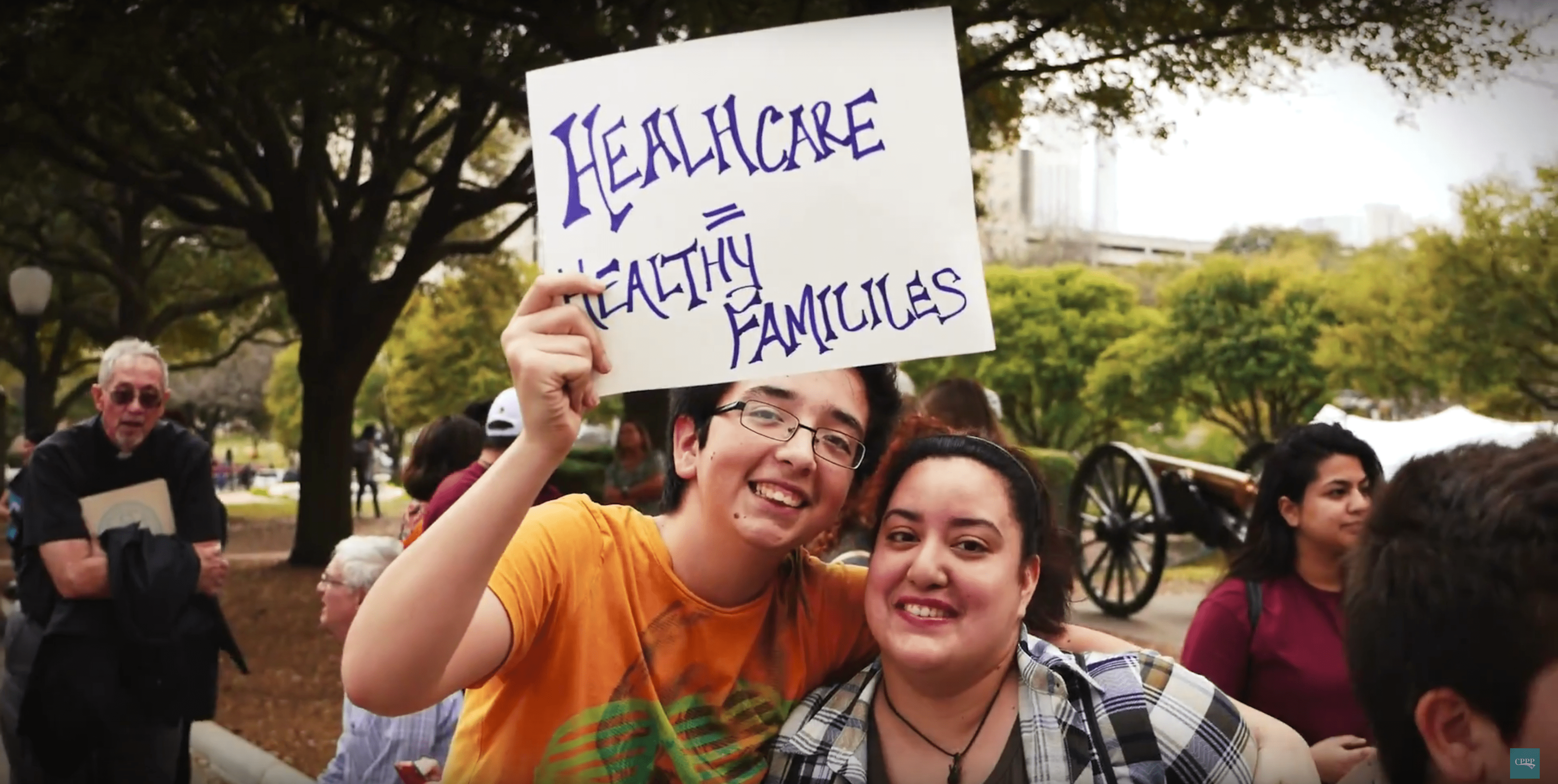On April 3, 2018, the Centers for Medicare and Medicaid Services (CMS) released its annual final report on the Affordable Care Act (ACA) health insurance Marketplace open enrollment period for 2018. Our previous blog post looked at the enrollment data in this report. Now we’ll look at what the data show about premiums for 2018 health insurance Marketplace coverage.
According to the report, the average premium for Marketplace coverage in Texas went up 34.4 percent between 2017 and 2018. There is usually an expectation that premiums will go up each year due to increased medical costs. But the large increase in premiums for the ACA Marketplace this time was driven primarily by the administration’s decision in October to end payments to insurers for “cost-sharing reductions.” The reductions are subsidies that reduce out-of-pocket costs to people with health insurance, like deductibles, for lower income people with “silver” level Marketplace health insurance plans. Plans in the Affordable Care Act health insurance Marketplace can be gold, silver, or bronze, with differing levels of benefits.
There was a catch, however, when the administration ended cost-sharing reductions. Even though the federal government didn’t provide funding, insurance companies were still required to offer silver plans that included cost-sharing reductions. To pay for this discrepancy, insurers increased premiums for just their silver-level plans, as opposed to spreading the increase across all plans (a practice known as “silver loading”). Accordingly, the premiums in bronze plans went up only 17 percent while the premiums in silver plans went up a whopping 42 percent.
People who were eligible to receive tax subsidies to help with premium costs were mostly unaffected by the premium increases. Tax subsidies are tied to the cost of silver plans, so as premiums in silver plans rose, the tax subsidies also increased. In fact, because of the large increase in premiums for silver plans this year, the average subsidy went up 45 percent. Texans receiving subsidies actually paid less on average ($79/month this year down from $85/month last year).
The report also showed that many Texans switched off of their silver plan and enrolled in bronze and gold plans instead. About 64 percent of Texans enrolled in a silver plan for 2018, down from 73 percent last year. Subsequently, there was a six percentage point increase in people choosing bronze plans, a two percentage point increase for gold plans, and a one percentage point increase in catastrophic plans. People likely switched levels because the big increase in tax subsidies, which was a result of the increase in premiums of silver plans, allowed them to purchase a cheaper bronze plan at little to no cost.
To recap, the administration’s intended sabotage of cost-sharing reduction payments to insurers actually resulted in lower average prices for subsidy-eligible people in the Marketplace. The Affordable Care Act’s Marketplace premium subsidies worked, as intended, to keep payments reasonable relative to a person’s income (or ability to pay) despite rate hikes in the overall premiums.
While low-income Texans were largely shielded by the tax credits, moderate income people who are not eligible for tax credits had no protection and saw their premiums sky rocket. This applies to people with income above $98,400 per year for a family of four (or 400 percent of the federal poverty level).
This trend of attacks on the health insurance Marketplace is far from over. Recent actions by the administration and Congress will lead to even higher premiums in 2019. Proposed rules that allow insurers to offer “junk” insurance that offers very little coverage, for example, would be a step backward for American health care. The repeal of the requirement that all Americans have health care (known as the “individual mandate”) will also strain the health insurance market.
A report from the Urban Institute estimates the combined effect of these policies will increase health insurance Marketplace premiums in Texas by an additional 20 percent for 2019. There are common sense policies that can mitigate further avoidable premium spikes and help to stabilize the Texas market that lawmakers have discussed in three interim Texas legislative hearings since December. These Texas discussions are a good first step, but further action is needed from state policymakers to foster a robust and stable insurance market and improve access to health insurance coverage in 2019 and beyond.
